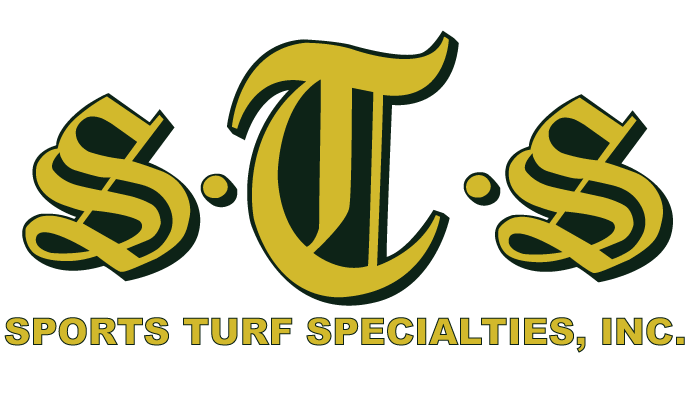
Thatch Managment
Thatch commonly occurs on athletic fields due to the aggressive nature of Kentucky Bluegrass. Excessive thatch accumulation (greater than ½” in depth) creates conditions that may result in the deterioration of the fields by reduced water and fertilizer infiltration into soil. This can result in less resistance to drought, reduced rooting, and reduced turf density.



Verti-Cutting
Verti-cutting is a common and important tool used to reduce the thatch layer in sports turf. This turfgrass practice will promote lateral and vertical growth for the plant while enabling moisture and air to enter the rootzone. Cultivating the turfgrass by verti-cutting allows the turf manager to stimulate thicker, denser turf while maintaining a consistent playing surface.
Sweeping
Debris collection can assist in the thatch management on athletic fields by removing dead or living organic matter from the surface that may contribute to the thatch layer. Allowing the sweeper to float across the contours of the playing field, the operator can effectively clean the playing surface of debris, cores, or organic material, leaving the athletic field ready for play.
Koro Field Topmaker
The Koro Field Topmaker can ultimately eliminate the thatch layer and leave the surface ready for seeding. This process, often incorporated with a field reconstruction or renovation, allows our team to remove vegetation from the surface at a specified depth. Commonly known as fraze mowing, this practice is very aggressive, though it promotes lateral growth and consistentcy. Check out our page on Field Stripping for more information.
